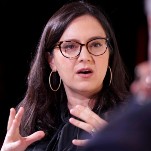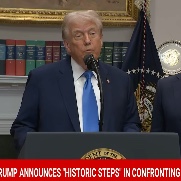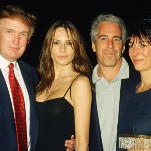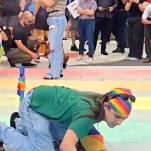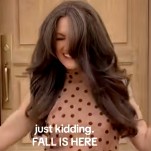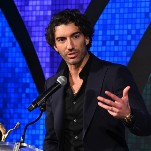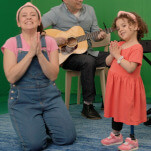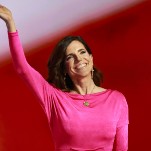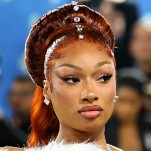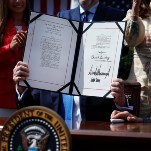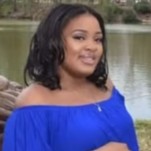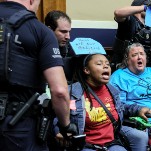God Bless the Caftan, the World's Most Glamorous Comfy Clothing
LatestIs there anything so wondrous as a well-made caftan? No other casual wear has the power to make you feel jet-set fabulous, even while schlepping around the house barefoot and braless, eating salt and vinegar chips by the handful.
And lately, the garment has experienced a renaissance. Back in May, the Cut produced an ode disguised as a guide to a caftan-ready body; Christina Hendricks has talked Jimmy Fallon into donning one. Numerous bloggers (myself included) will happily sing their praise as work-from-home wear. They’ve just got that perfect frisson of glamour and faded glamour—a pinch of Sunset Boulevard.
In honor of the caftan’s reemergence, Collector’s Weekly has assembled a history of the garment, from ancient times to the 1970s and beyond. You probably won’t be surprised that, like so many things in the Western world, the caftan’s association with Hollywood and high fashion began with a little cultural shoplifting. Picture layers of appropriation—a veritable coconut torte of appropriation.
-

-

-

-

-

-

-

-

-

-

-

-

-

-

-

-

-

-

-

-

-

-

-

-

-

-

-

-

-

-

-

-

-

-

-

-

-

-

-

-

